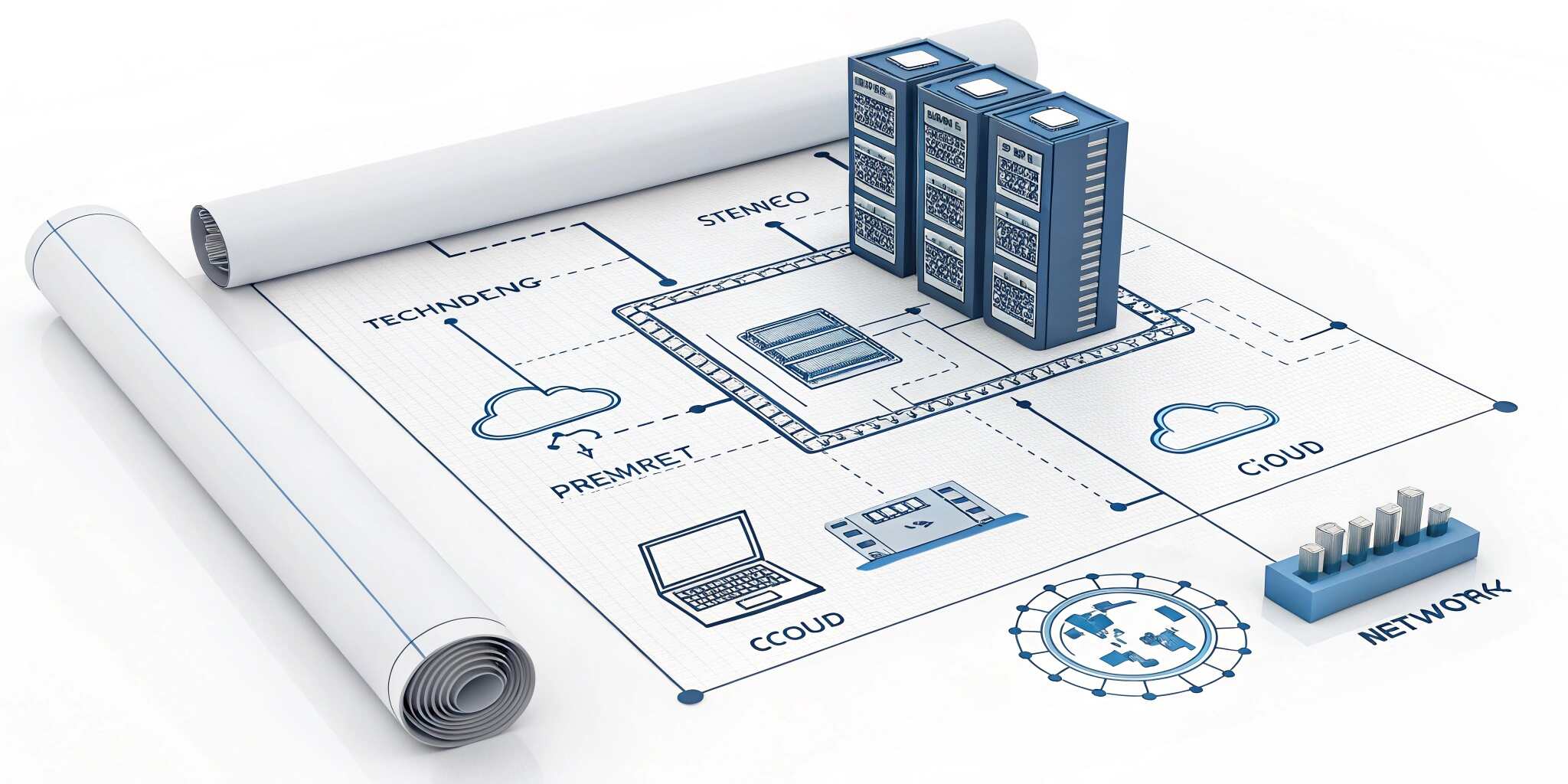In today's tech-driven world, change is constant and disruption is the new norm. From cyber threats and supply chain challenges to evolving technologies and hybrid workforces, organizations must build resilient IT strategies to thrive in the face of uncertainty.
What is a Resilient IT Strategy?
A resilient IT strategy is one that not only supports day-to-day operations but is also agile, scalable, and secure—able to absorb shocks, adapt quickly, and support business continuity no matter the disruption.
Key Components of a Resilient IT Strategy:
1. Cloud-First and Scalable Infrastructure
Migrating to the cloud or hybrid cloud gives your organization the flexibility to scale up or down, manage resources effectively, and reduce dependency on physical hardware.
2. Cybersecurity by Design
A resilient IT strategy must integrate strong, proactive security practices:
- Implement Zero Trust Architecture
- Encrypt data in motion and at rest
- Conduct regular vulnerability assessments
3. Automation and AI Integration
Utilize AI for threat detection, automated responses, and system performance monitoring. Automation reduces human error and ensures consistency across processes.
4. Disaster Recovery and Business Continuity Planning
Ensure your systems can recover quickly from disasters—natural or digital. Regularly test backups, maintain redundant systems, and develop detailed recovery procedures.
5. Agile Development and DevOps Culture
Use agile methodologies to adapt rapidly to change. Combine DevOps practices with CI/CD pipelines to deliver updates faster and more reliably.
6. Workforce Enablement and Remote Support
Provide your workforce with secure remote access, collaboration tools, and IT support. A resilient strategy considers both the tools and training employees need to perform effectively.
7. Data-Driven Decision Making
Make real-time, informed decisions with analytics and monitoring tools. A strong IT strategy is driven by insights rather than guesswork.
Steps to Build a Resilient IT Strategy:
- Assess Current IT Landscape – Identify gaps in infrastructure, security, and scalability.
- Set Clear Objectives – Align IT goals with business strategy and customer expectations.
- Invest in Future-Proof Technologies – Choose tools that evolve with your needs.
- Train and Upskill Teams – Keep your IT team equipped with the latest knowledge.
- Continuously Review and Improve – Resilience is an ongoing process, not a one-time project.
Conclusion:
In 2025 and beyond, resilience will define the winners in IT. A well-designed, adaptable IT strategy isn’t just about technology—it’s about enabling your organization to face the unknown with confidence. Build smart. Build secure. Build resilient.


